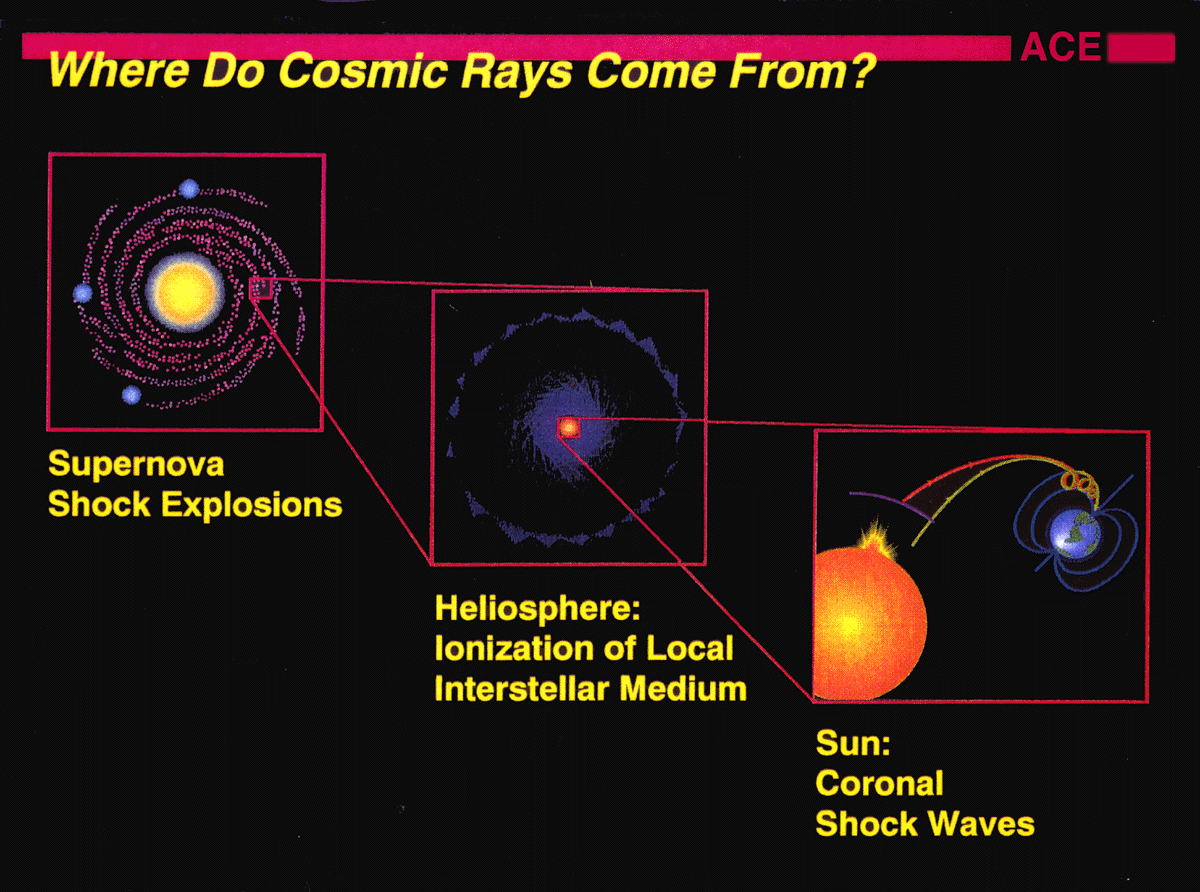
The Sun Or The Supernova ?

The Sun Or The Supernova ?
Abstract:
This investigation provides an opportunity to use data collected
by scientists who are working on the cutting edge of space science.
In a science classroom, the investigation can be tied in with
a unit on basic atomic structure, states of matter, or space science.
In a mathematics (algebra) classroom, the investigation may be
used to show a practical application of logarithmic plots. The
learner will be asked to interpret fluxes (rates of particle flow)
for cosmic ray isotopes and draw conclusions about the source
of the particles. Their are two accompanying Educational Briefs.
The first provides an explanation of basic atomic structure and
explains the Advanced Composition Explorer (ACE) mission. It is the "Composition of Matter, Atomic Structure" Education Brief. The second provides an explanation of the Big Bang, the fusion process, and the evolution of stars, and it is the "Cosmology and Stellar Evolution" Education Brief.
Outcome:
Suggested Grade Level & Duration:
Grades 9-12; 1 fifty-minute periods.
Materials:
The learner will need a computer with internet access and an attached
printer to print a copy of the procedure for the investigation
if so desired.
Background - Procedure - Standards - Credits